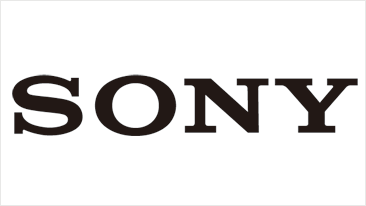Through an established set of public relation protocols, Sony uses a broad set of communication activities that are employed to create and maintain favorable relationship with the various stakeholders that include employees, shareholders, suppliers, media, educators, potential investors, financial institutions, government agencies and officials as well as society in general. Stakeholders who need any information concerning Sony, they could retrieve them readily from the company’s website. In this way Sony creates a common platform (touch-point) where mutual relationship with its stakeholders is facilitated, including serving the wishes and demands of its customers.
Sony satisfies its customers by offering innovative products without having to compromise to quality and reliability. This helps to attract new customers as well as retain existing ones. In order to ensure that all specific needs are met, Sony set up sales and marketing offices in every place that the company has businesses in. Sony’s CEO, Nobuyuki Idei, also played a key role in forging a closer between the company and its stakeholders. For instance, he launched a Sony’s image campaign, “Do you dream in Sony?” and helped coin the term “digital dream kids.” The premise of the campaign is to provide shareholders, customers, employees and business partners who come into contact with Sony with the opportunities to create and fulfil their dreams together. All these efforts probably explain why Sony has always enjoyed strong support from its stakeholders and thus helped propel it to become a global mega-brand.
Sony’s resounding success with the PlayStation also speaks well of Sony’s ability to meet (or even exceed) the expectations of its business partners and customers. Owing to the dominant position of Sega and Ninetendo in the console market, game developers were initially reluctant to support Sony’s new format. However, Sony was undaunted and pushed forward with PlayStation and eventually managed to convince the developers of the system’s superior design and capabilities. By the year 2000, the PlayStation gained tremendous support from customer world-wide and went on to dominate the market to become the world’s largest selling game console, with 70% share and 80 million units sold.
Besides that, Sony also strives to build strong relationship with the government agencies and officials as well as society. Since 1976, Sony has had an Environmental Conference. Sony’s policies address their effects on global warming, the environment, and resources. Thus far, Sony has taken steps to reduce the amount of greenhouse gases that its companies produced as well as regulating the products they get from their suppliers in a process that they call “green procurement”. In this way the company establishes good relationship with the various government agencies and officials as well as societies and hopefully through these pro-active initiatives maintain good relationship can be maintained so as further reinforce Sony’s good image. This probably also explain why Sony is able to establish its businesses in the various part of the world readily. In early July 2002, Sony ranked 11th on the Greenpeace chart “Guide to Greener Electronics.” This chart graded major electronics companies on their environmental work.
